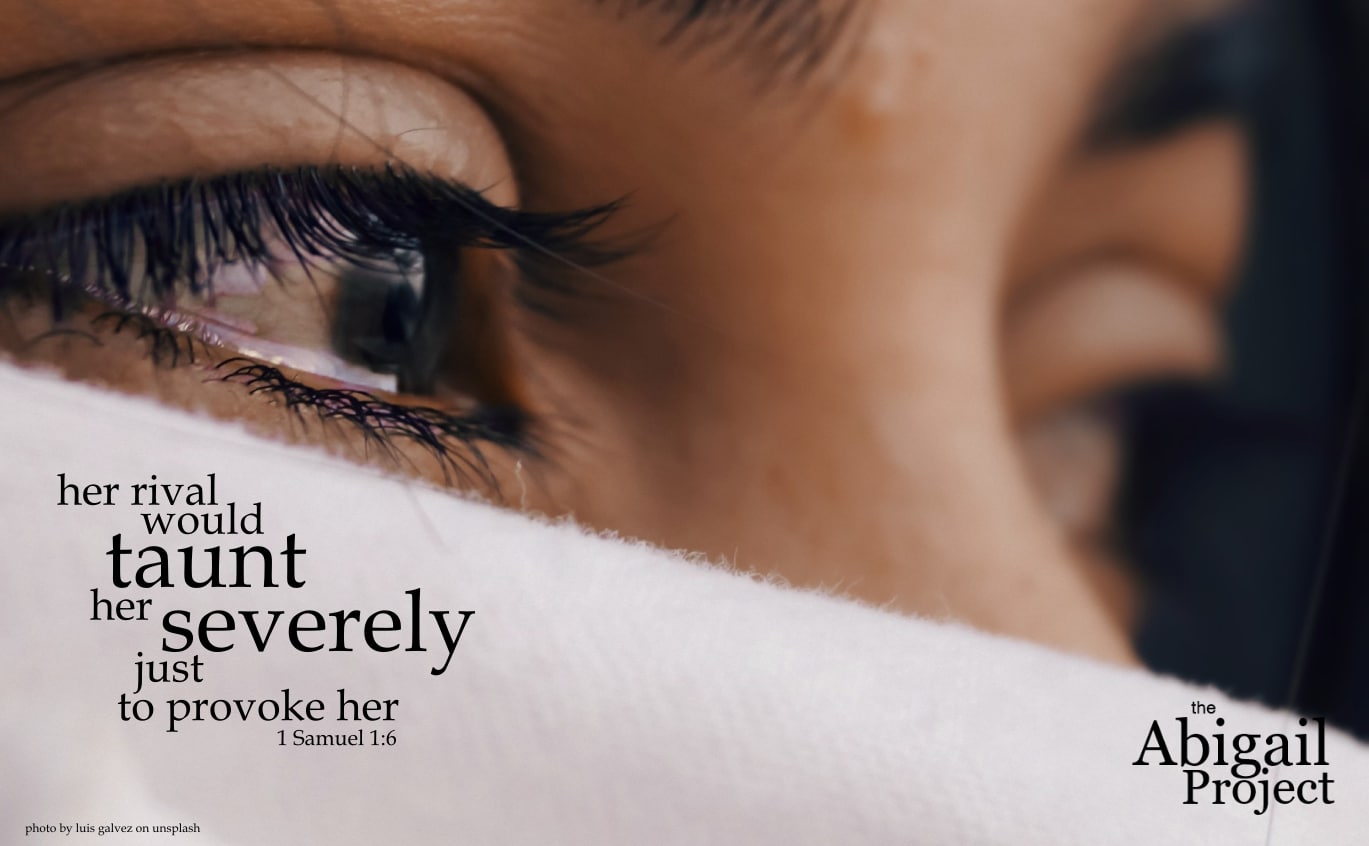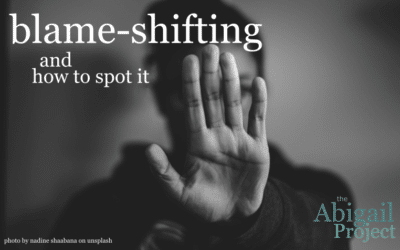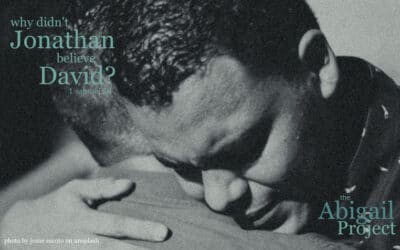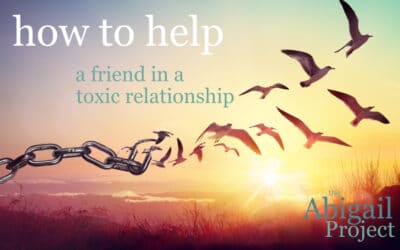Are abusers aware of what they are doing?
Overlapping with the question of whether abusers are deliberate is: are they aware? Aware of what they are doing? Aware of the harm it causes? Knowing the answer to those questions might make a profound difference in what a victim does next – in a marriage, workplace, friendship, church. Wherever the abuse is taking place.
It is hard to know for sure. I have known people to be absolutely horrified to discover their behaviour was abusive. They changed, took responsibility, apologised, and did what they could to repair harm. In some cases, a person might be able to manage that change in behaviour with little or no further coaching or support. In other cases, counselling and assistance might be required. A good test of sincerity might be: is this person dedicated to the welfare of others around them?
Some abusers are dedicated to playing a long game. Part of the cycle of abuse is to interweave periods of “positive” behaviour and shows of remorse that are aimed at keeping the victim increasingly trapped in the long term. They will often be skilled at finding their victim’s “last straw” line, keeping just inside that boundary so they can maximise their abuse without losing their victim.
That tactic shows significant awareness of others: their feelings and behaviour.
As time goes on and the victim is worn down, it is common for the “positive” parts of the cycle of abuse to shorten or disappear. It seems likely that Hannah may have had other factors affecting her situation, making it very difficult for her to leave. We don’t see any evidence of “positive” behaviour from Peninnah in the story1, although we are only given a brief snapshot. (By comparison, we see more cyclical behaviour from Saul in relation to David.)
The text itself tells us Peninnah knew what she was doing. However, the description of her behaviour and Hannah’s response is also consistent with that assumption. Peninnah humiliated Hannah in front of others, and Hannah’s weeping and loss of appetite was obvious2. Unless Peninnah had a specific condition that blocked her capacity to read behaviour and emotions, Hannah’s response was feedback enough. By comparison, in a marriage, church, or other environment, clear signs of distress are feedback. Further, if someone says, “that hurts”, they are making the abuser aware.
Two of the significant practical implications of awareness or its lack are: will the abusive person respond to treatment? And more urgently, are they now safe to be around?
I suggest that knowing whether the abuser is aware of their behaviour, or its impact, is of less importance than knowing if they will be safe from here on. In a marriage: will they honour their marriage vows, (such as to love and cherish)? If they will not or cannot keep them because they are unsafe to be around, that information is vital. In a workplace: will they produce a safe workplace for others? In other settings there are implicit or explicit contracts around friendship, relationships at church, or other family relationships. In each case, knowing what the abuser is thinking or aware of is less important than knowing whether they can be trusted.
Hannah’s story is heartbreaking. Her only functional friend we can see in the tale is God. It seems she drew great strength and encouragement from her children, (she had five more3), but it seems most reasonable to assume Peninnah stayed in her life. Like so many other victims of abuse she was not able to completely isolate from her abuser. My heart goes out to those who co-parent with an abusive party, or are in a church, family, or other network where they cannot completely avoid the perpetrator.
I hope you will pray with me that we can do more to build places of sanctuary that can give respite and strength to those who carry such complex dilemmas.
Steve Wade
PS “Why does he do that” by Lundy Bancroft is well worth reading. However I’d note that while his unpacking of abusive behaviour and “myth-busting” are very helpful, his book could be difficult for male victims of female perpetrators. For what it’s worth I would encourage any such male readers to filter out Bancroft’s slant. His material is still very useful. We affirm: while gender does influence abuse, both abusers and perpetrators can be any gender.
Part of the cycle of abuse is to interweave periods of “positive” behaviour and shows of remorse that are aimed at keeping the victim increasingly trapped in the long term Click To Tweet





0 Comments